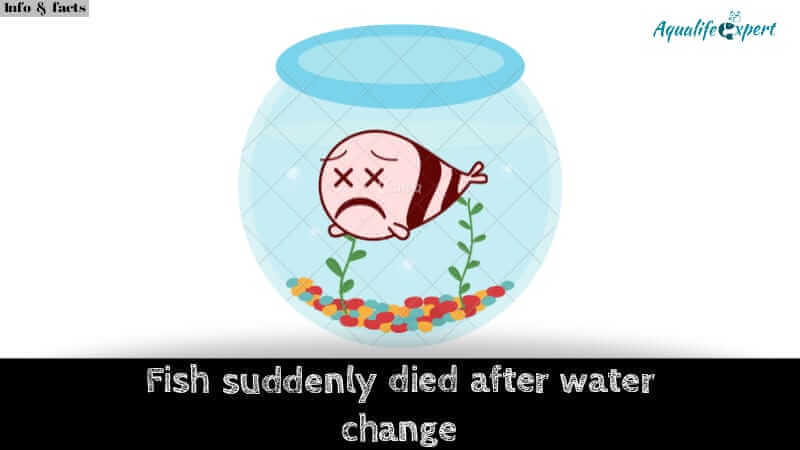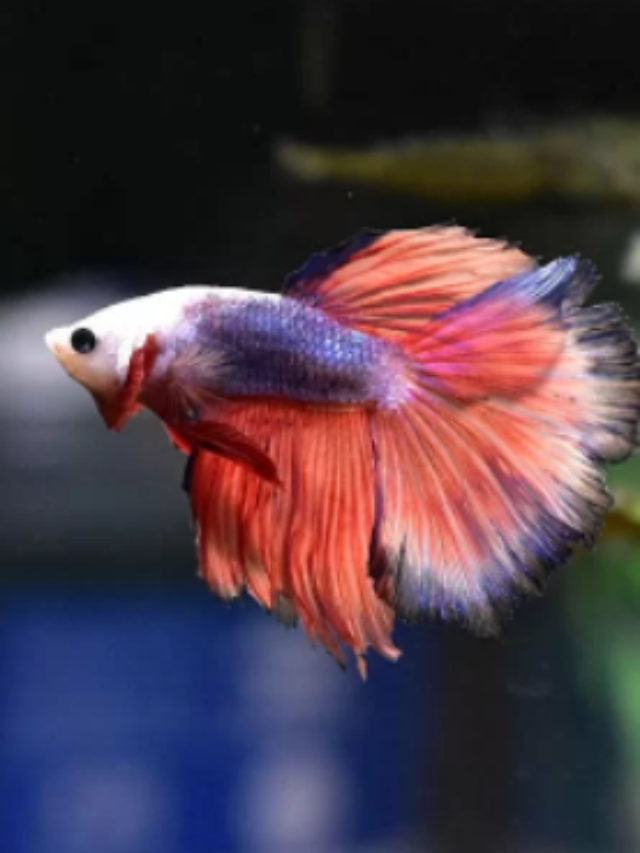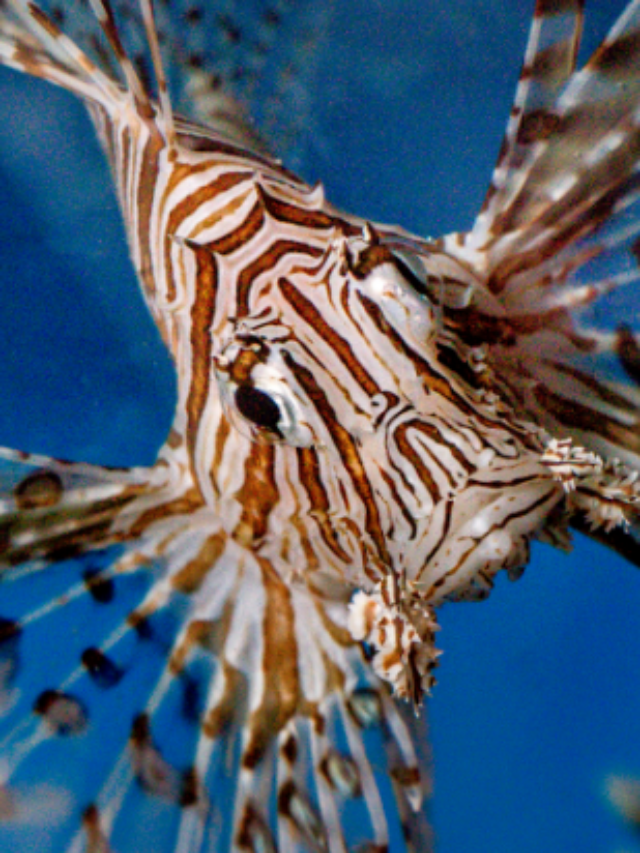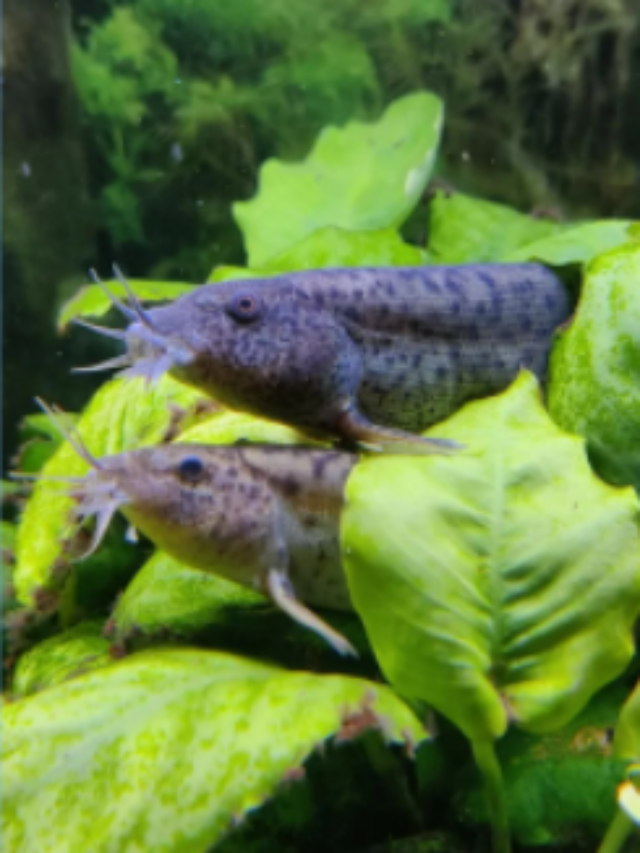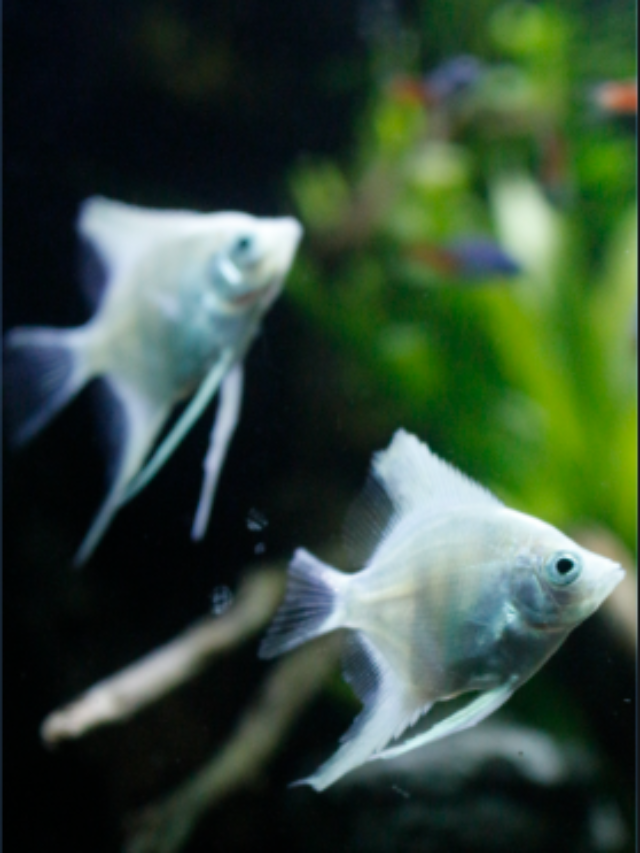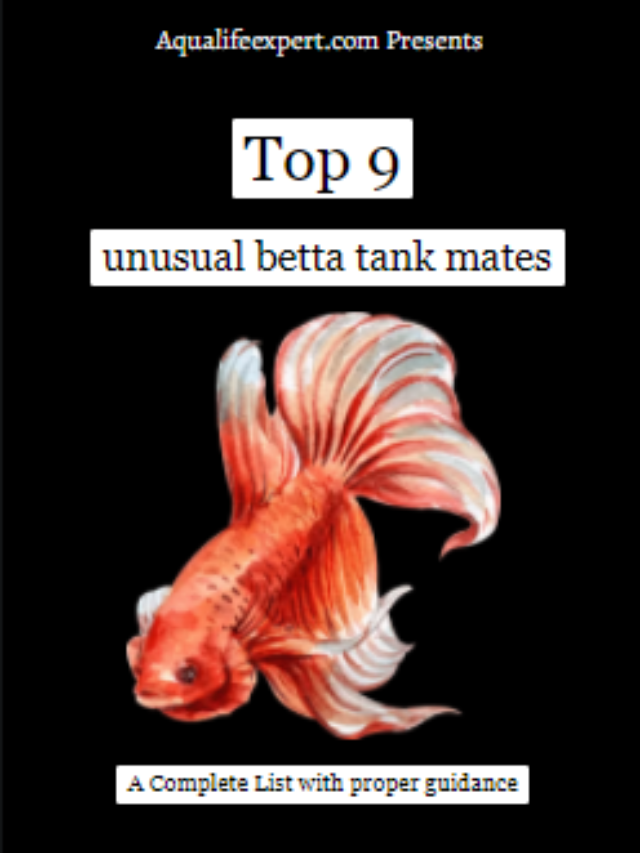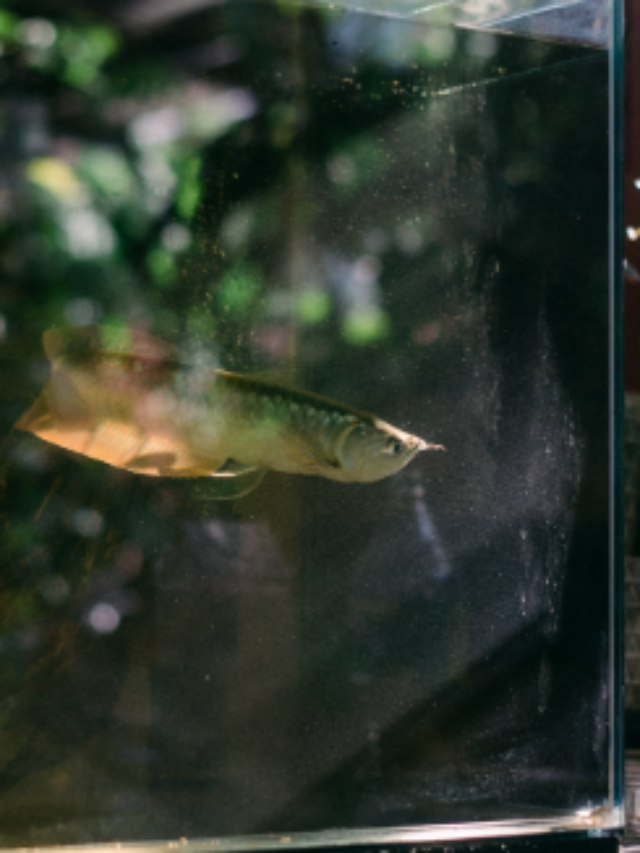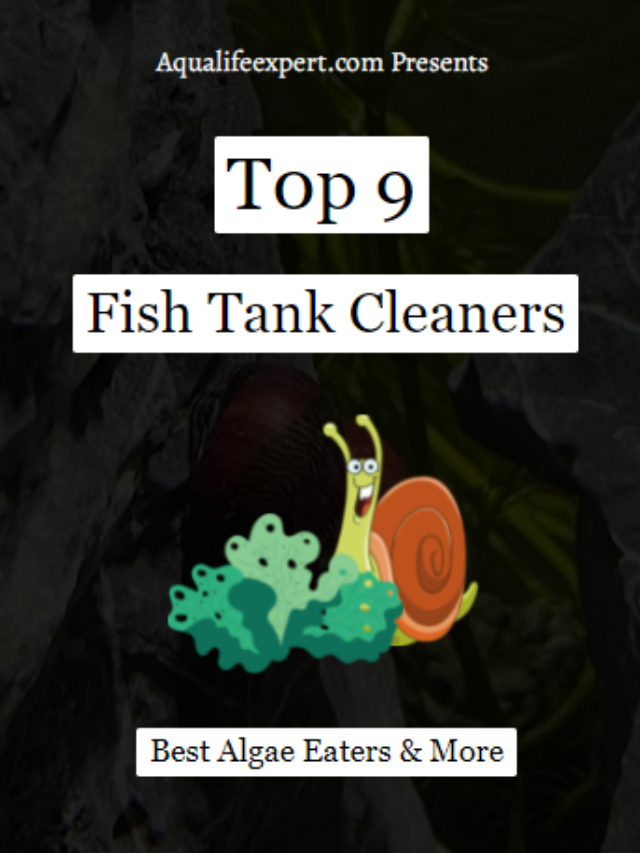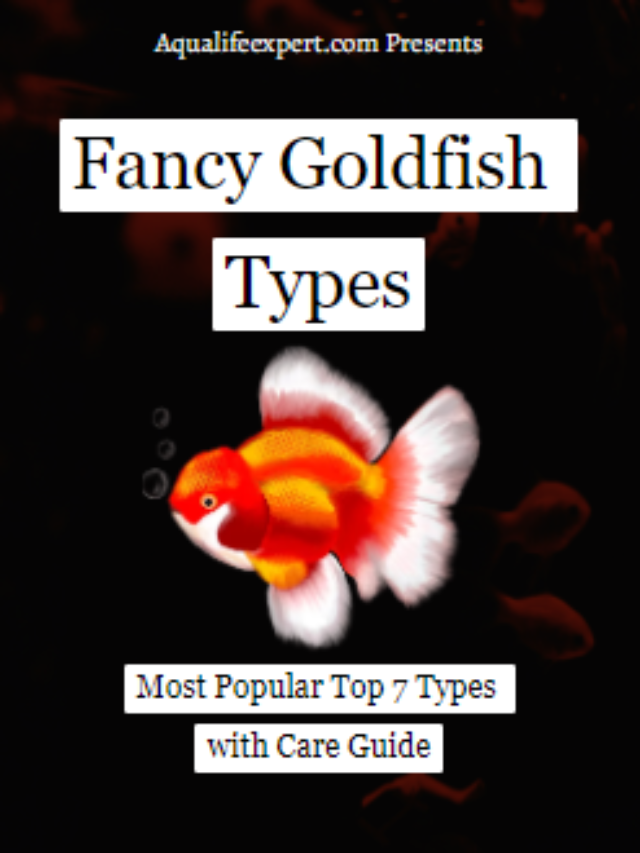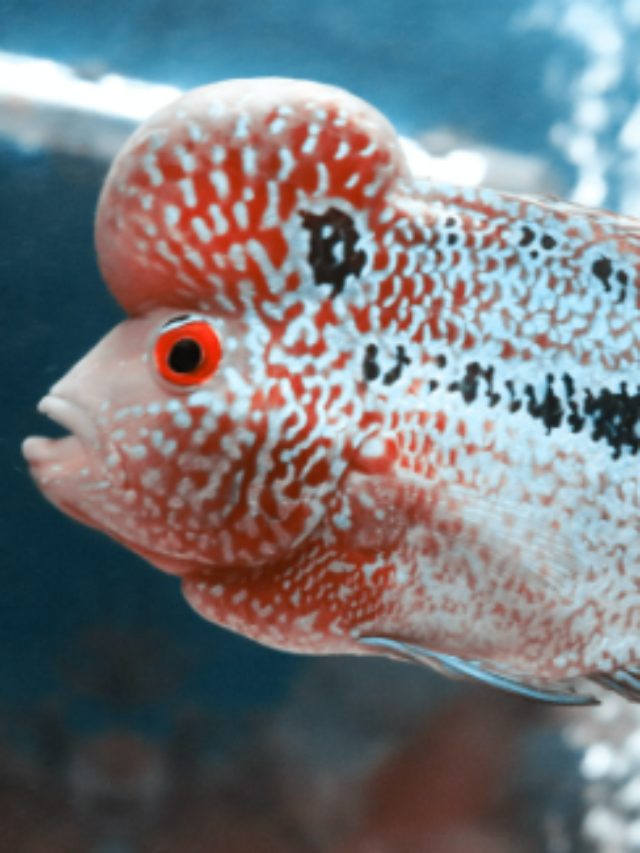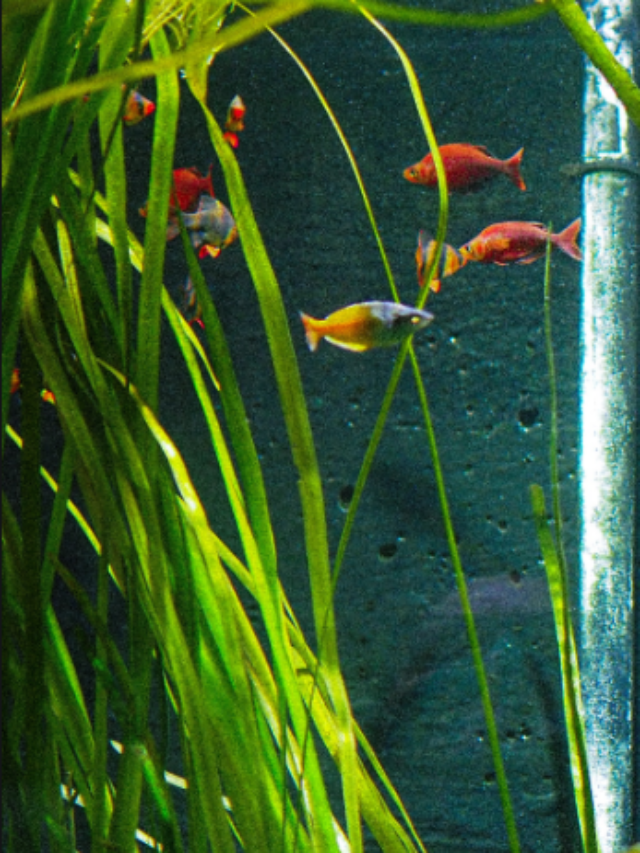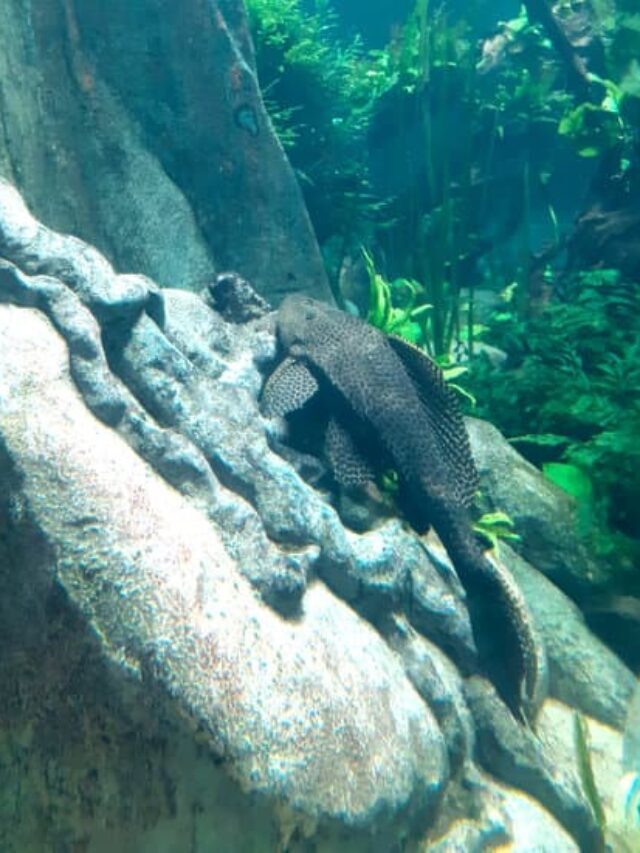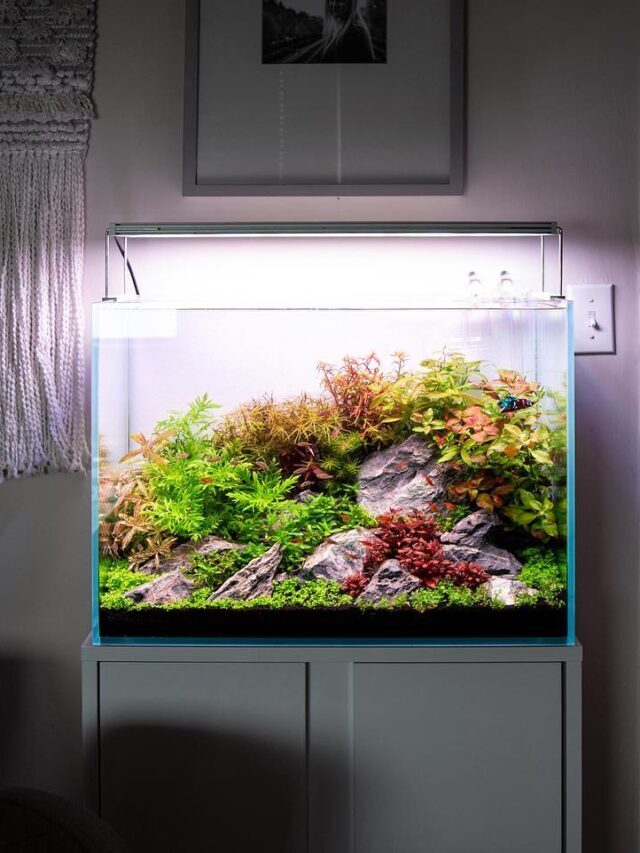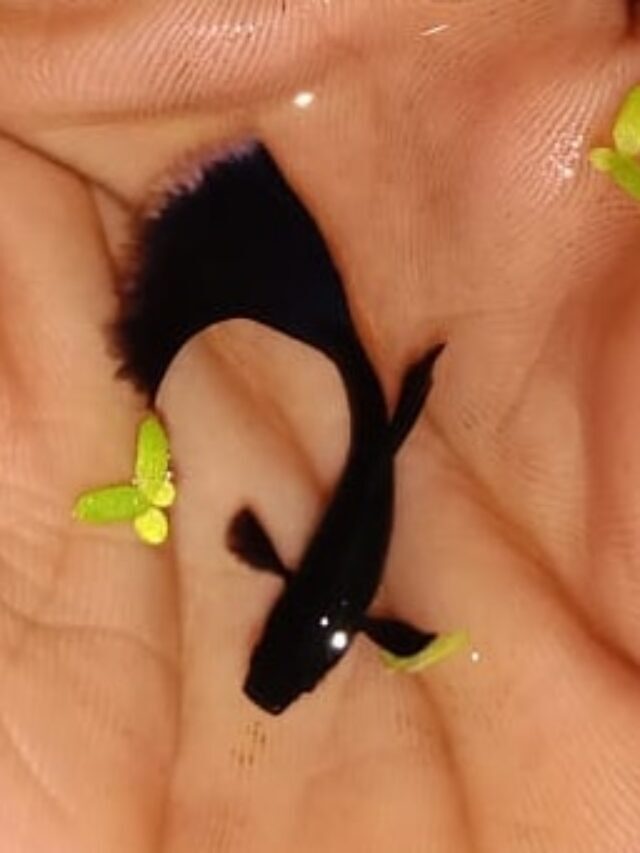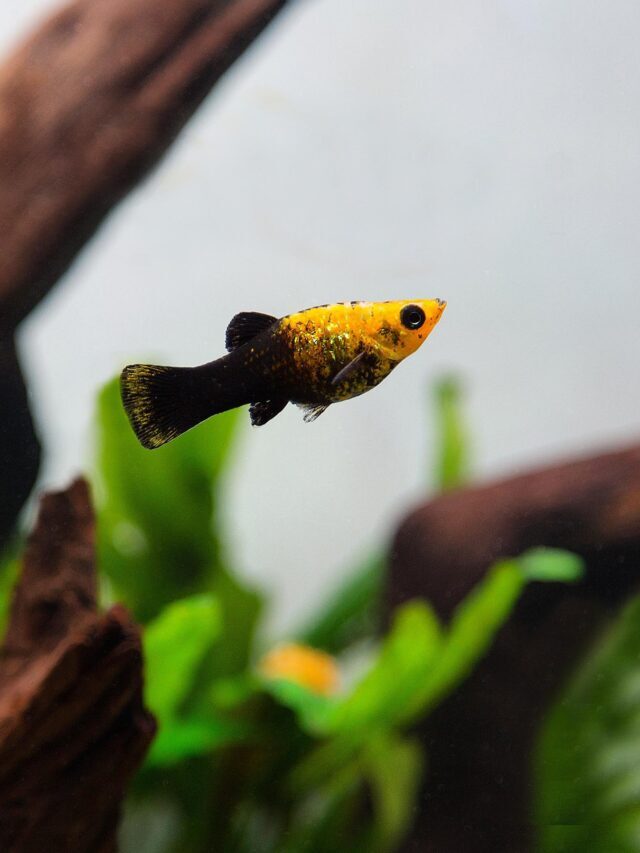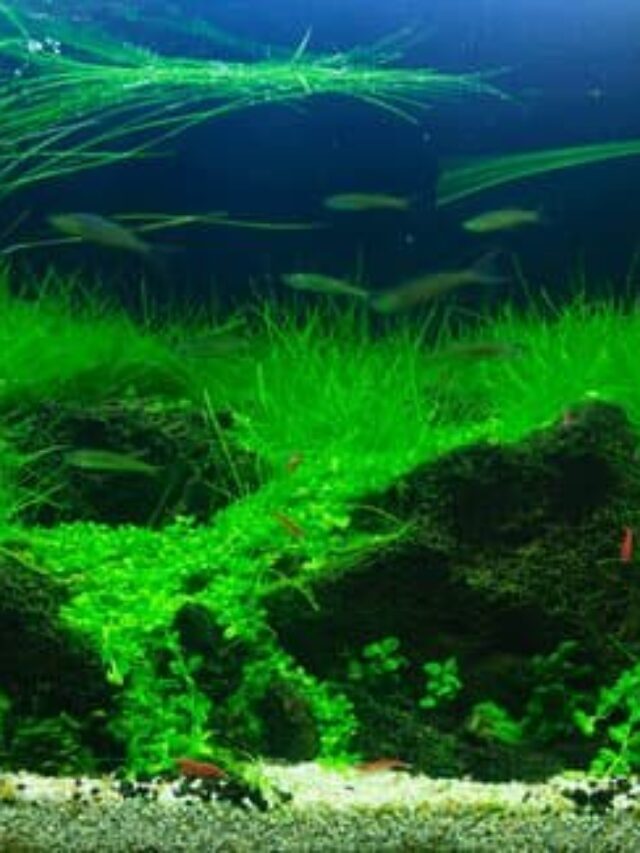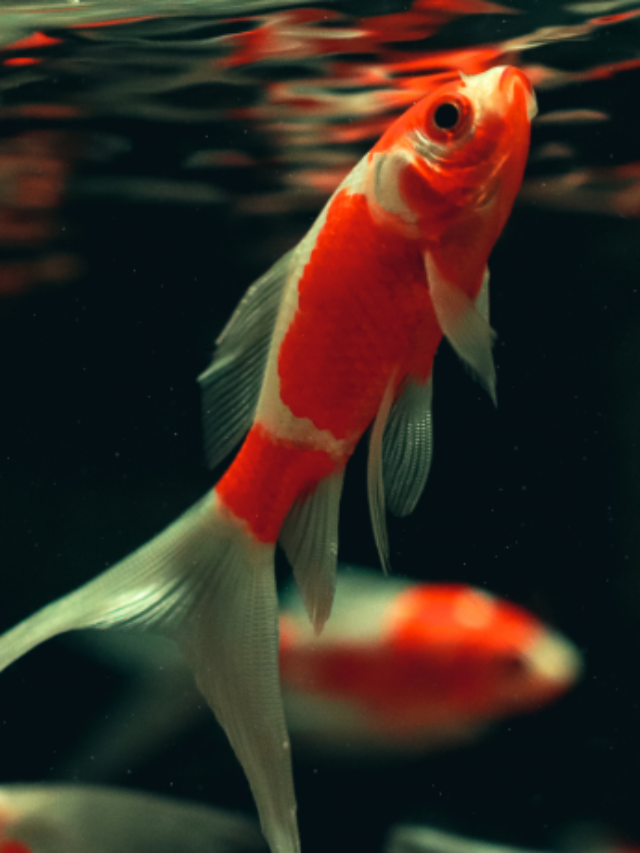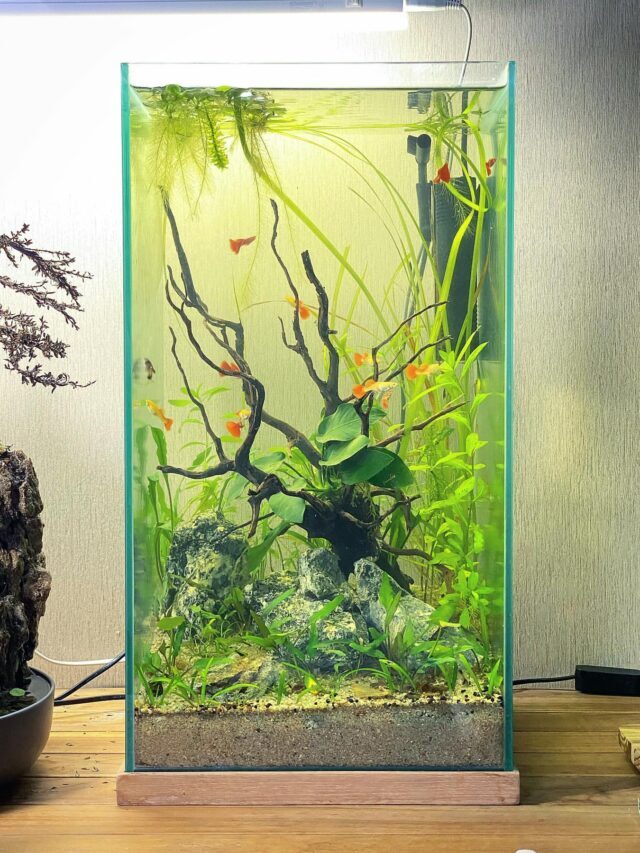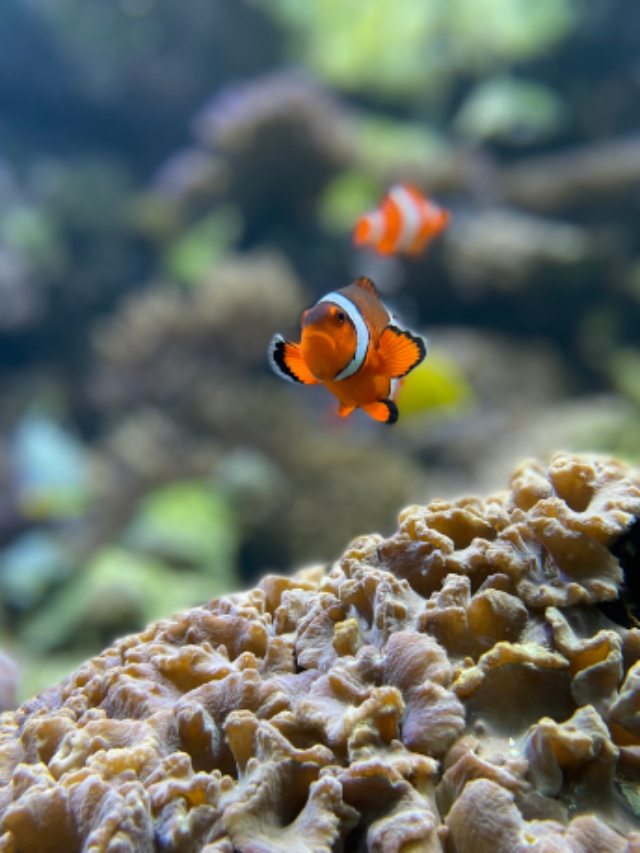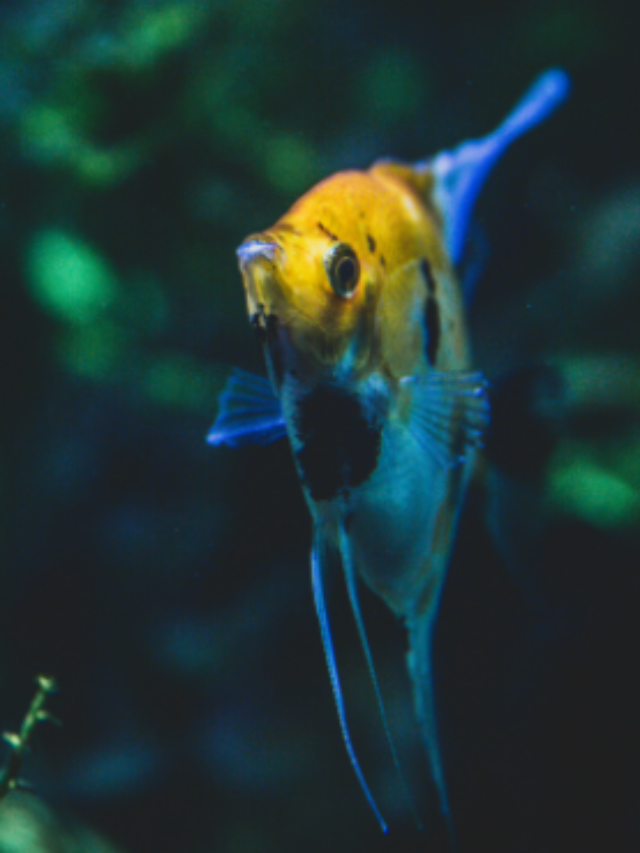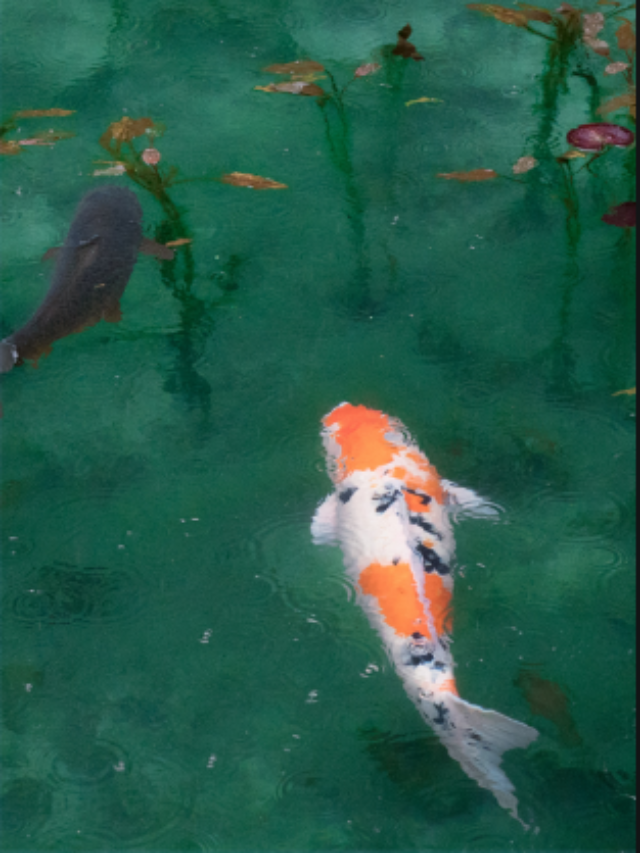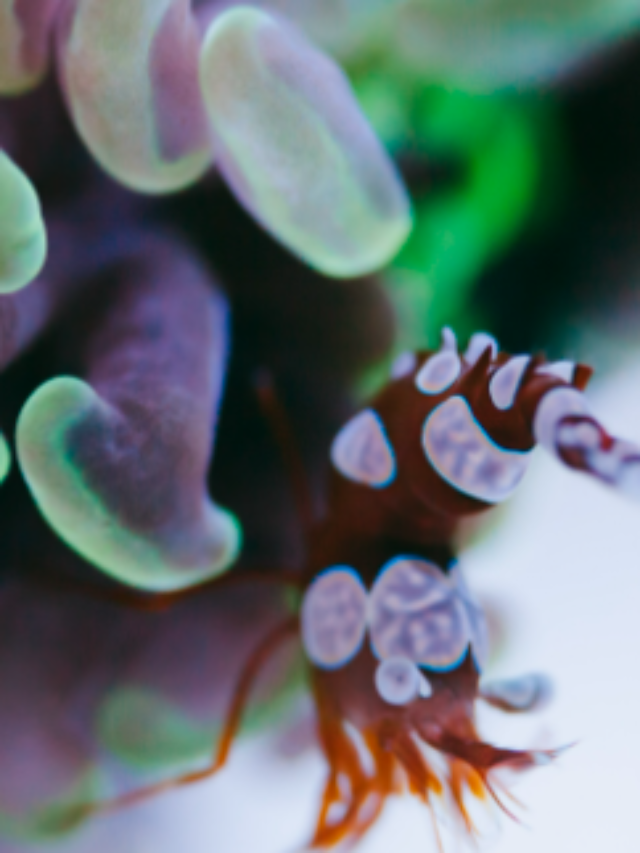Fish Suddenly Died After Water Change: 7 Possible causes with solutions
Check Our Quick Stories
The death of fish after changing the water of the aquarium is a significant incident. Lots of new aquarists face this issue and they think there is a problem regarding the water. Actually, this is not the real case.
A massive water change of an aquarium creates an uncomfortable situation for existing fish. It may increase the ammonia, nitrite or chlorine level of water. Bacterial loss & temperature fluctuations occur too due to this, which isn’t good for fish to live healthily. Fish can’t take this aftershock & die due to it.
However, this two-line answer may not have satisfied you and we know this completely. So that we will discuss this topic comprehensively. Here we will cover the top 7 possible reasons why your aquarium fish have died just after the water change with suitable solutions.
So without wasting time let’s dive deep into the topic.
Why do fish die just after water changes in an aquarium? 7 most possible reasons
No fish die in aquariums just because of changing the water. If you have faced this incident recently then you must know you did anything wrong and that’s why fish have died. Finding and solving his wrong step in fishkeeping hobby is the must to keep other fish healthy.
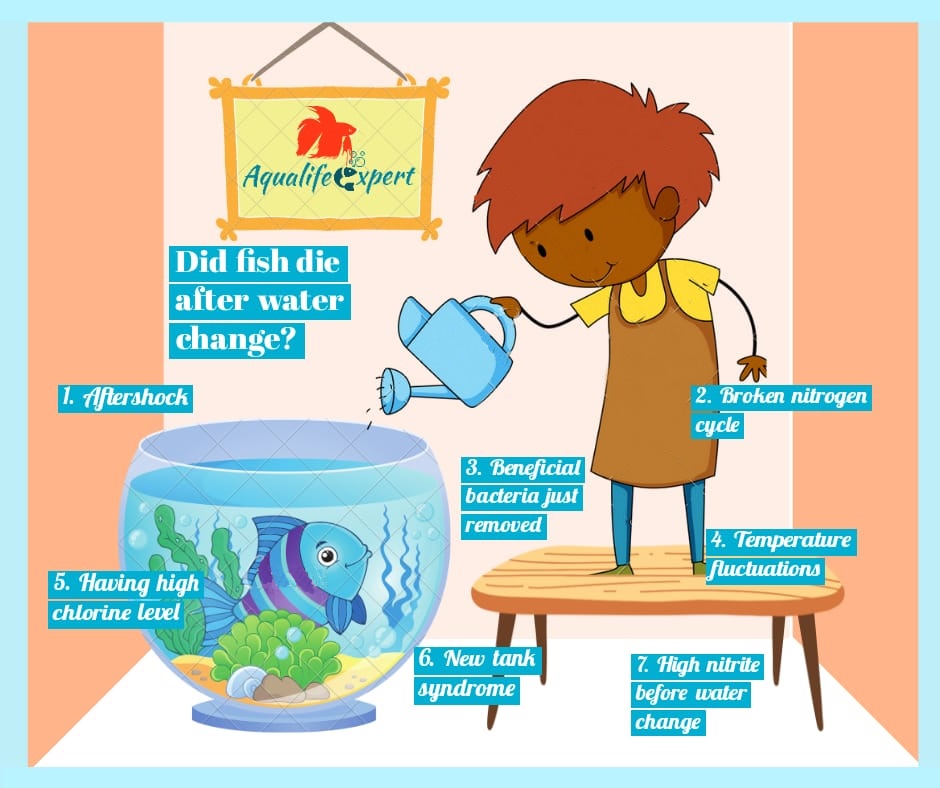
-
The aftershock of the massive water change
To be healthy and happy fish do not need any type of perfect water. Lots of experts share their experiences of fishkeeping by telling some sort of perfect water (water with certain parameters). This may confuse the new fish keepers and help to make mistakes like this.
You must know that fish can tolerate a vast range of different types of water parameters (depending upon species). Now without any significant changes in water parameters, you should not perform a massive water change. This will change the habitat of existing fish completely and due to this all of the fish in an aquarium get massive aftershocks of water change.
Different types of fish can get this aftershock differently.
Some sophisticated fish like discus, some types of cichlids, some gouramis, and other small fish may not tolerate this massive aftershock. However, this depends on the fish’s health.
Some fish do not die instantly but their health becomes weak due to this stress. After a while, they will definitely die. So do not perform a massive water change suddenly.
-
Due to the breakdown of the nitrogen cycle
The performance of the nitrogen cycle is one of the main parameters of a successful fish tank. With the help of the nitrogen cycle, a fish tank eliminates hazardous waste like ammonia & nitrite. These are too bad for fish inside the aquarium.
As a beginner, you must know this is a fully automatic cycle inside of the fish tank that develops over time. Now, to run the nitrogen cycle fully some steps are required.
Due to a massive water change, some important elements are just removed which are mandatory to have in a tank to perform the nitrogen cycle properly.
Due to breaking the nitrogen cycle, ammonia and nitrite levels become high inside of the aquarium. For a high level of ammonia & nitrite in the aquarium gills of fish get affected much.
They cannot take oxygen and gasp at the top surface of the water. This insists on a huge quantity of mucous production which is very harmful to fish and they ultimately die.
Read More:- How Long Does It Take To Establish A New Fish Tank? (THREE Types of Tank)
-
Removal of the Beneficial bacteria
Beneficial bacteria are required for an aquarium the most. This is responsible for running the nitrogen cycle successfully. Now at the very first time, beneficial bacteria just do not come and establish in the aquarium. It requires some amount of time for the tank establishment.
Now, if you perform a massive water change and clean the tank with its filter media then the bacterial colony gets destroyed. At that time fish waste and other hazardous materials cannot be optimized well and this helps to increase the ammonia level inside of the aquarium.
So it is a very poor activity to change a massive amount of water from an established aquarium. You must know this is the ultimate option to sterilize the tank.
Read More:- Sterilization of Aquarium after Fish’s Death: A VETERINARY Guide
-
Fish may not able to withstand sudden temperature changes
Different types of ornamental fish prefer to live in a certain type of temperature range. However, they can tolerate a wide range of temperatures depending upon various external or internal factors.
Now, as fish can tolerate a wide range of temperatures it doesn’t mean that they can tolerate sudden changes in temperature. A small sudden temperature change can be lethal to different types of ornamental fish.
Sudden water change can do the same. This can not be acceptable for sophisticated fish like flowerhorn cichlids, oscar, discus etc.
You must acclimate these fish well with the water temperature. Otherwise, they will feel stressed & will fall ill quickly. However, if you want to change the water make sure to measure the temperature first anyhow.
-
Having a high level of chlorine in the water
Lots of aqua experts do not talk much about the chlorine level of an aquarium. However, this should not be ignored anyhow. The success of an aquarium depends on the chlorine level of the water too.
Now if you use tap water for aquariums then the chances of having a high chlorine level are high enough in it. Fish can tolerate very few chlorine level in the water. Now your fish will definitely die after a massive water change if the water contains a higher chlorine level than the previous one.
So it is recommended to check the chlorine level when the water is mandatory to change. Here at this point, we recommend a certain product from Amazon which we use for us. This is extremely good for checking chlorine, pH, and other parameters.
Check this link for knowing the actual price of it.
Read More:- Symptoms of Chlorine Poisoning in Fish Tank
-
New tank syndrome suddenly occurs
When you just build a new community fish tank then you cannot add fish for the initial several weeks. It takes time to establish a new tank. During this time the ammonia level remains high.
However, if you add fish somehow then those fish will be affected and will die soon. This is called new tank syndrome. Some fish may still survive but they will be very weak.
Now if you perform a sudden massive water change then it will create an environment like a new tank. At that time, existing fish should be moved to another place or tank.
To avoid this new tank syndrome, you must remove the existing fish first before sterilization or massive water change of the tank. Otherwise, the whole tank will be destroyed after cleaning.
Read More:- Is EPSOM Salt Good For Aquarium? BEST Medication For Fish
-
Nitrite level was high before water change
All of us know that a high nitrite level is bad for fish in an aquarium. However, a sudden drop in nitrite level is even worse than having a high nitrite level for a long period of time.
If you do not clean the aquarium or if your filter media does not work well then nitrite level may increase in your aquarium very slowly. A slow rise of nitrite level does not create much problem for existing fish because they can adapt to this.
Now when you require to perform a massive water change then it is recommended to measure nitrite level definitely. After water changes, nitrite levels may fall drastically and this can kill your existing fish in the aquarium. So always try to change a small percentage of the water.
Read More:- How To Remove Nitrate From Aquarium Naturally
What should be the perfect way to change the water of an aquarium?
A massive amount of water change can kill the existing fish in an aquarium. So a maximum of 10-15% of the water should be changed at a time in an aquarium generally. If the water is unchanged for several months of an aquarium then 5-10% of the water should be changed for the next few months. This is good for fish’s health.

